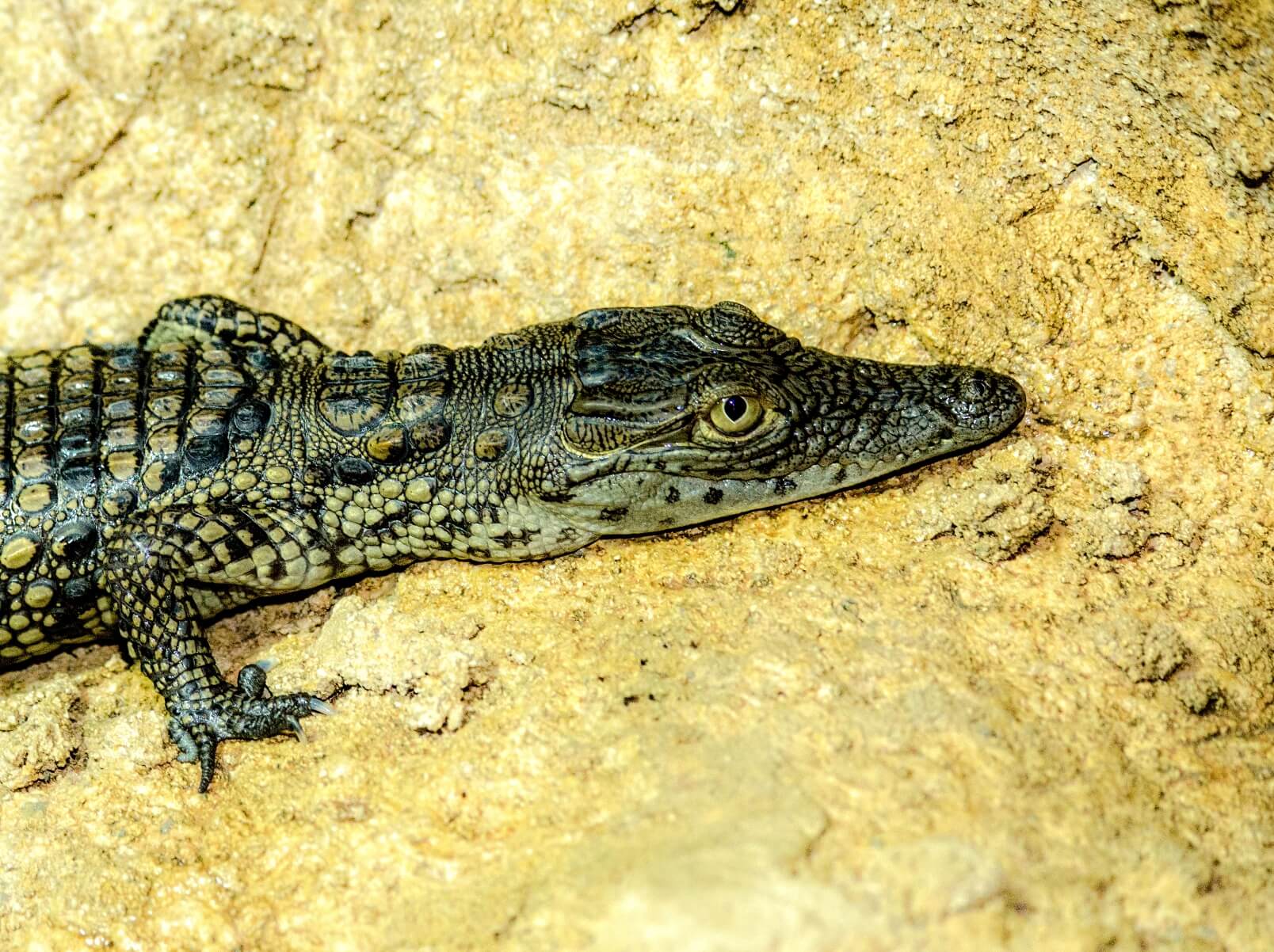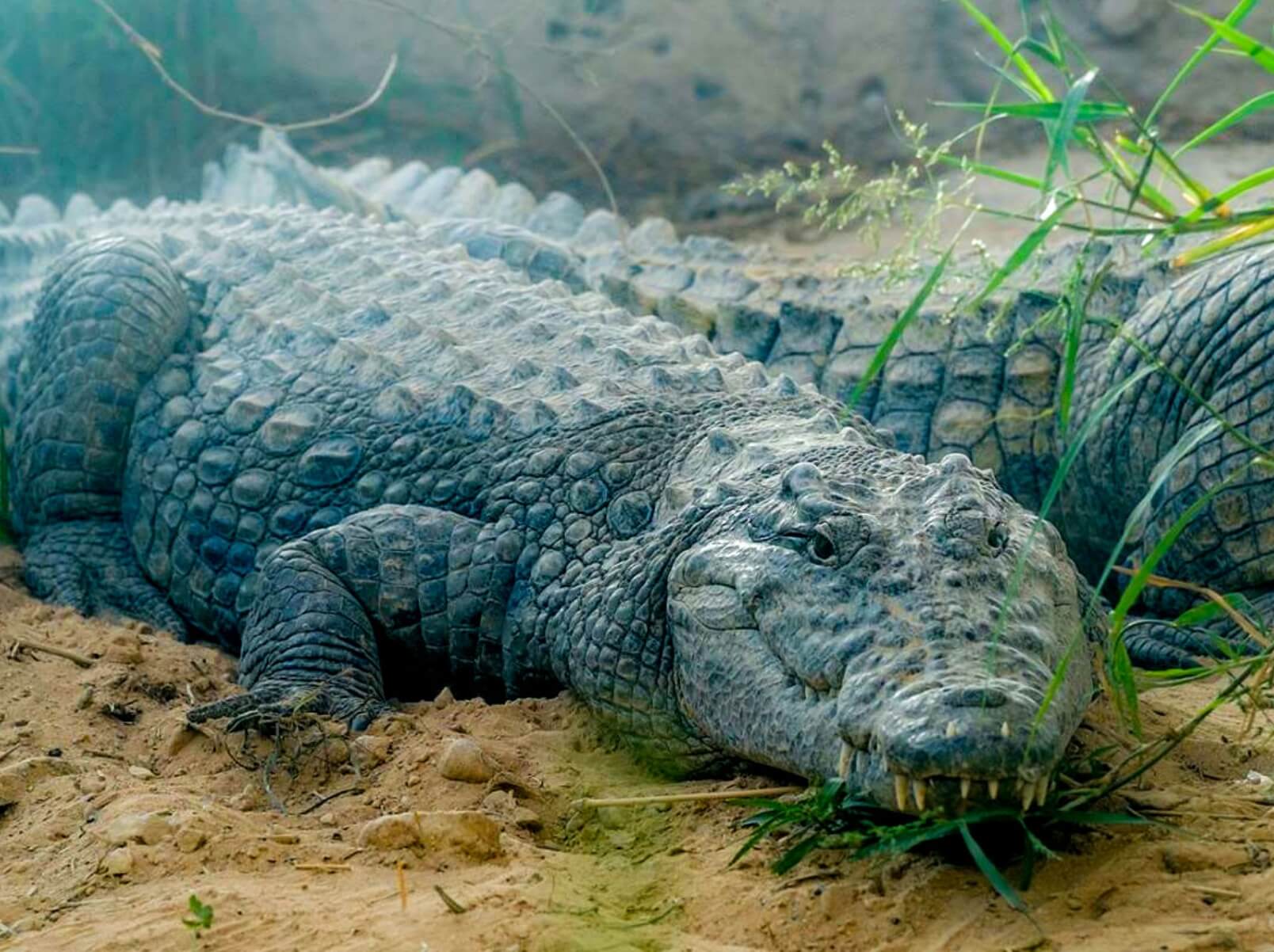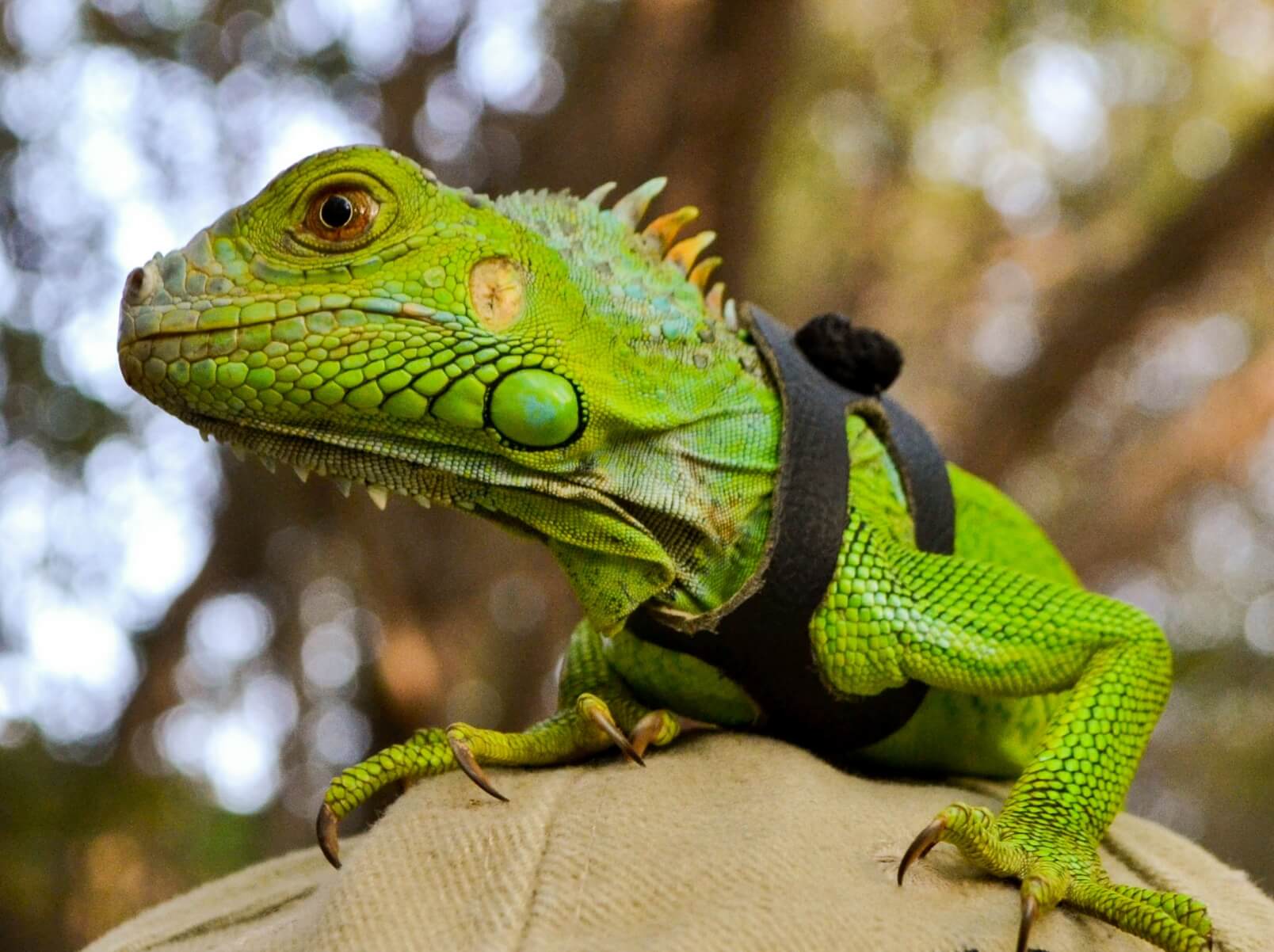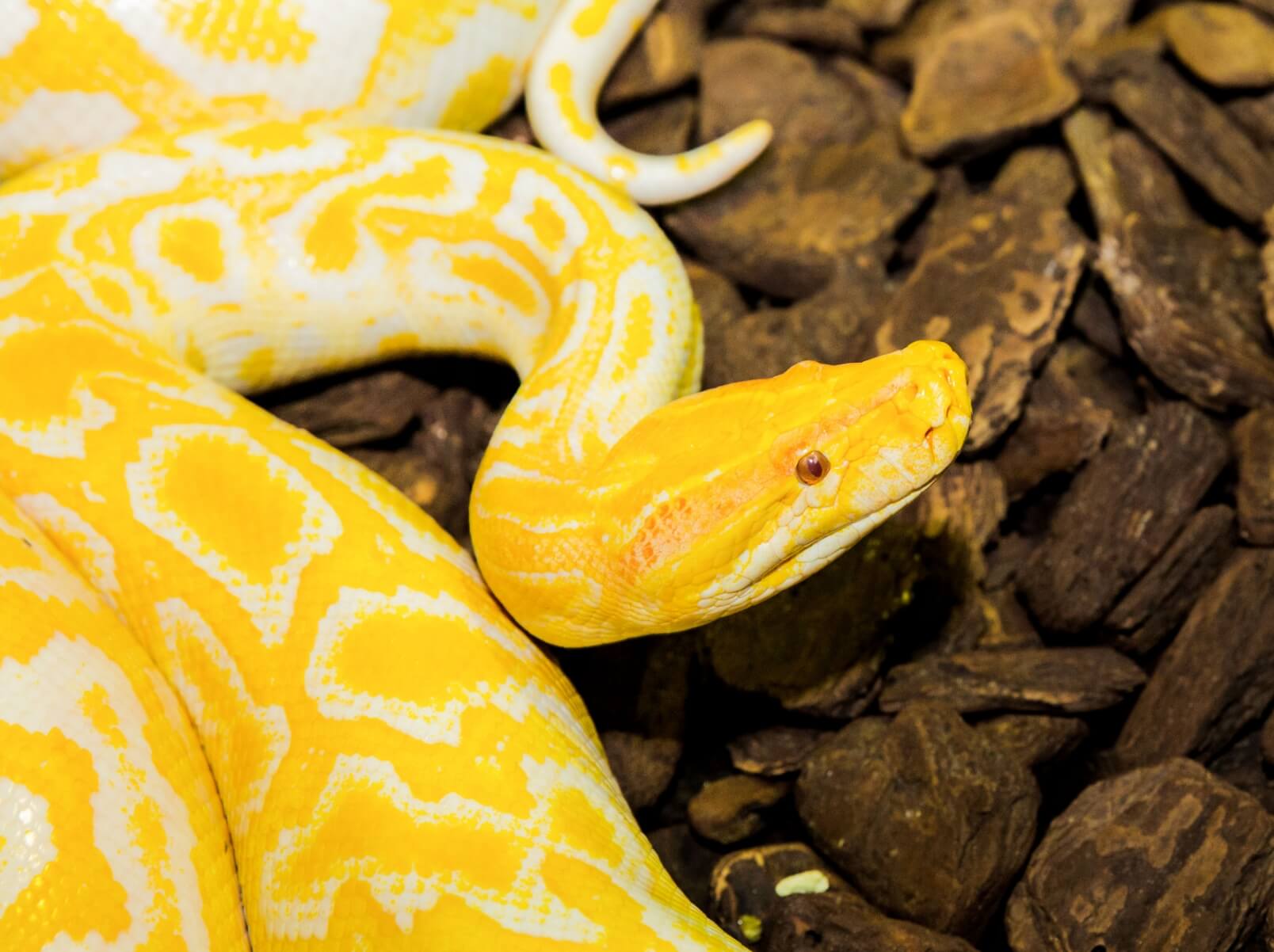INTERESTING FACTS
Pythons are non–venomous and constrictors. They use their teeth to grab the prey and quickly wrap the coil around it and squeeze it, but they do not crush the prey and break its bones. Instead, it squeezes the prey very tightly so that its prey cannot breathe. They feel the heartbeat of the prey hence when the heartbeat stops the python knows it is safe to release its coils and begin the feast. They are ambush hunters and use both sight and smell to locate prey. Pythons can recognize prey even in the dark as they have special temperature-sensitive "pits,” or holes, along their jaws that can sense the heat of a nearby animal. Depending on the size of the snake, pythons may eat rodents, birds, lizards, and mammals like monkeys, wallabies, pigs, or antelopes.
CONSERVATION MESSAGE
Although many python species are at Least concerned, some have concerns about survival. Python species such as Ball pythons (Python regius) face serious conservation threats due to illegal exotic pet trade, demand for bushmeat, and habitat destruction due to Agricultural mechanization. The conservation value of the species is high as these trades are focusing on the most vulnerable life stages. In Asia, pythons are killed for folk medicines, meat, and skin. Pet trade and loss of habitat have caused serious threats to their survival. Our actions can indeed make a change including working with communities to plant trees, clean up your environment, minimize the usage of herbicides and pesticides as snakes can be seriously affected if they eat poisoned animals, say NO to bushmeat, not buy any products made by snakeskin or any other body parts, learn about them, share the knowledge and motivate others to know more about snakes and the special role they play in the ecosystem to control rodent populations. Instead of killing them always better to call a local snake rescuer for assistance and Support snake conservation efforts.
CONSERVATION STATUS
Least Concern
LIFE SPAN
Up to 35 years
NATIVE HABITAT
Rainforests, grasslands and savannas, woodlands, swamps, rocky outcrops, desert sand hills, and shrub lands in Africa, Asia, and Australia
DIET
Carnivore
HEIGHT
Capable of reaching 23 feet
WEIGHT
Reticulated python (up to 250 pounds)
LENGTH
Reticulated python (Python reticulatus) up to 33 feet
Related Animals
More Animals




